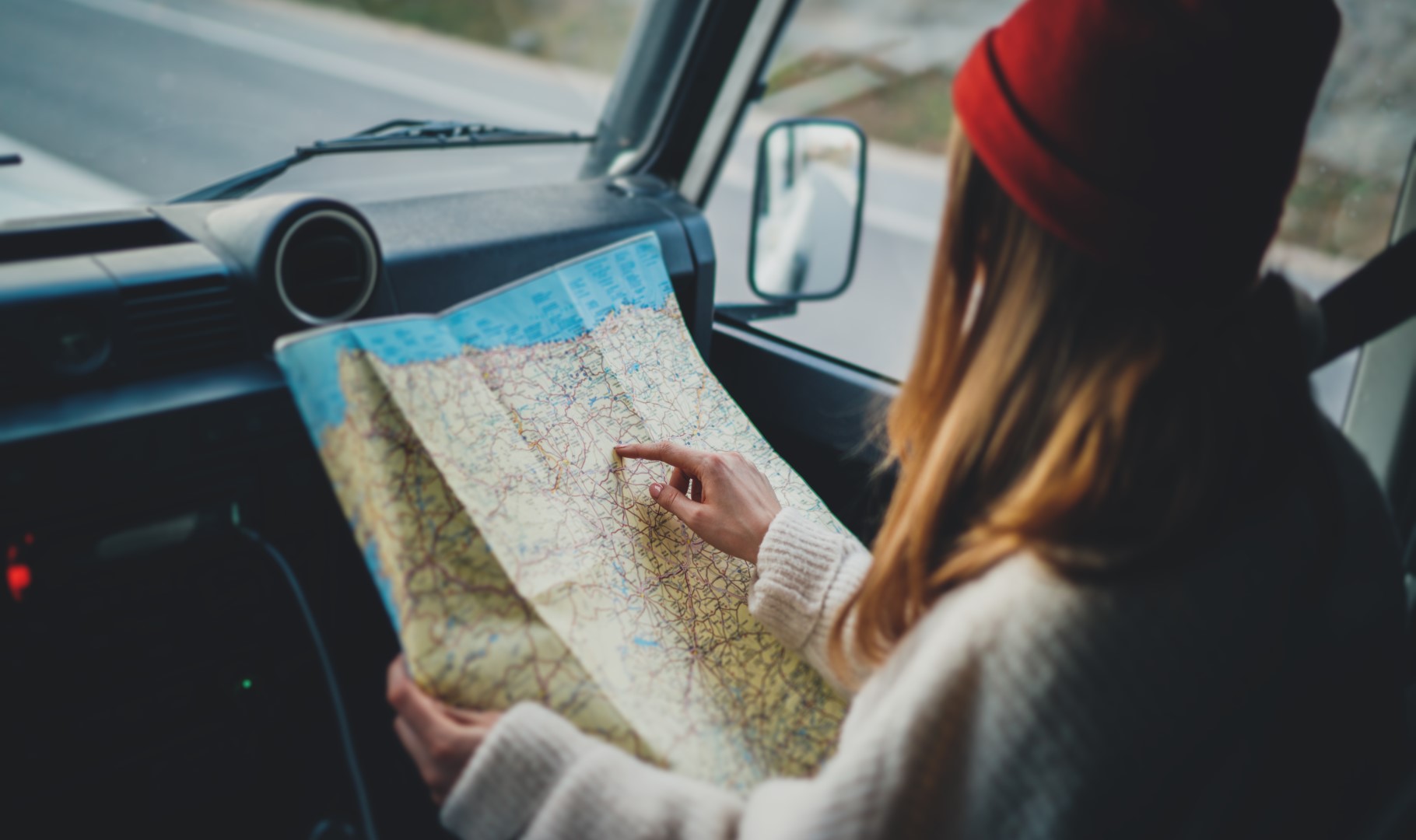In today’s world of GPS and smartphone navigation, you might wonder if learning to read a traditional map is still worth your time. The answer is yes! Knowing how to read and use a map is a valuable skill that can prepare you for unexpected situations and deepen your understanding of geography.
What is a Traditional Map?
A traditional map is a paper representation of an area. It uses symbols, colors, and labels to show roads, mountains, rivers, and other features. Examples include road maps, topographic maps, and city maps. While they may seem old-fashioned, traditional maps are reliable tools that don’t require batteries, Wi-Fi, or a signal to work.
Why Should You Learn This Skill?
Here are some reasons why knowing how to read a traditional map can be beneficial:
- Technology Isn’t Always Reliable
Imagine you’re on a road trip, hiking, or exploring a new city, and your phone battery dies. Without GPS, a traditional map can help you find your way. Maps don’t break or run out of power, making them a dependable backup. - Improved Spatial Awareness
Using a map helps you visualize where places are in relation to each other. This boosts your spatial awareness and gives you a better sense of direction, even when you return to using GPS. - Adventure Activities
If you enjoy hiking, camping, or outdoor adventures, topographic maps are essential. They show elevation changes and natural landmarks, helping you navigate trails safely. - Emergency Situations
In emergencies, like severe weather or natural disasters, technology may not work. Knowing how to use a traditional map can be a life-saving skill when you need to evacuate or find shelter. - Job Skills
Certain careers, such as forestry, archaeology, and the military, rely on map-reading skills. Learning now can prepare you for opportunities in these fields.
How to Get Started
- Understand Map Basics: Learn to read the map’s legend (key), scale, and compass rose (directional guide).
- Practice with a Map: Use a local map to find familiar places, like your school or a park.
- Learn to Use a Compass: A compass paired with a map can help you navigate if you get lost.
- Try Orienteering: This sport combines running or hiking with map reading to find checkpoints. It’s a fun way to build your skills.
When Could This Be Useful?
Let’s consider a scenario: You’re on a family camping trip in a remote area. Your phone’s GPS can’t find a signal, and the trail markers are unclear. Thankfully, your family packed a topographic map. You use it to identify a nearby river and follow it to your campsite. In this situation, knowing how to read a map turns a potential crisis into a manageable problem.
Another example might be a history project requiring you to study old maps to understand how towns and roads developed over time. This skill could also come in handy during treasure hunts or other map-based activities.
Final Thoughts
Learning to read and use a traditional map might seem outdated, but it’s a skill that can save the day when technology fails. Whether you’re hiking in the wilderness, exploring a new city, or preparing for an emergency, this knowledge empowers you to navigate with confidence.
So, grab a map, start exploring, and see where it takes you!

